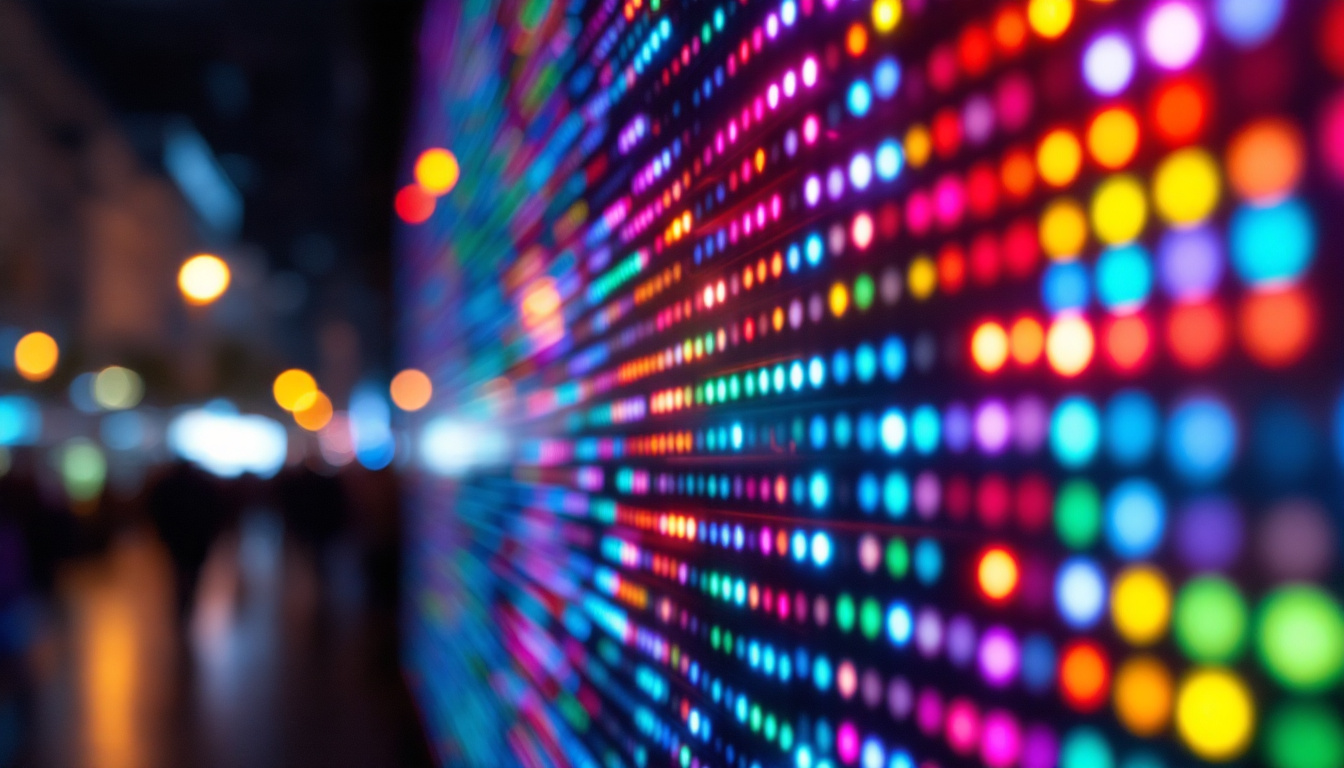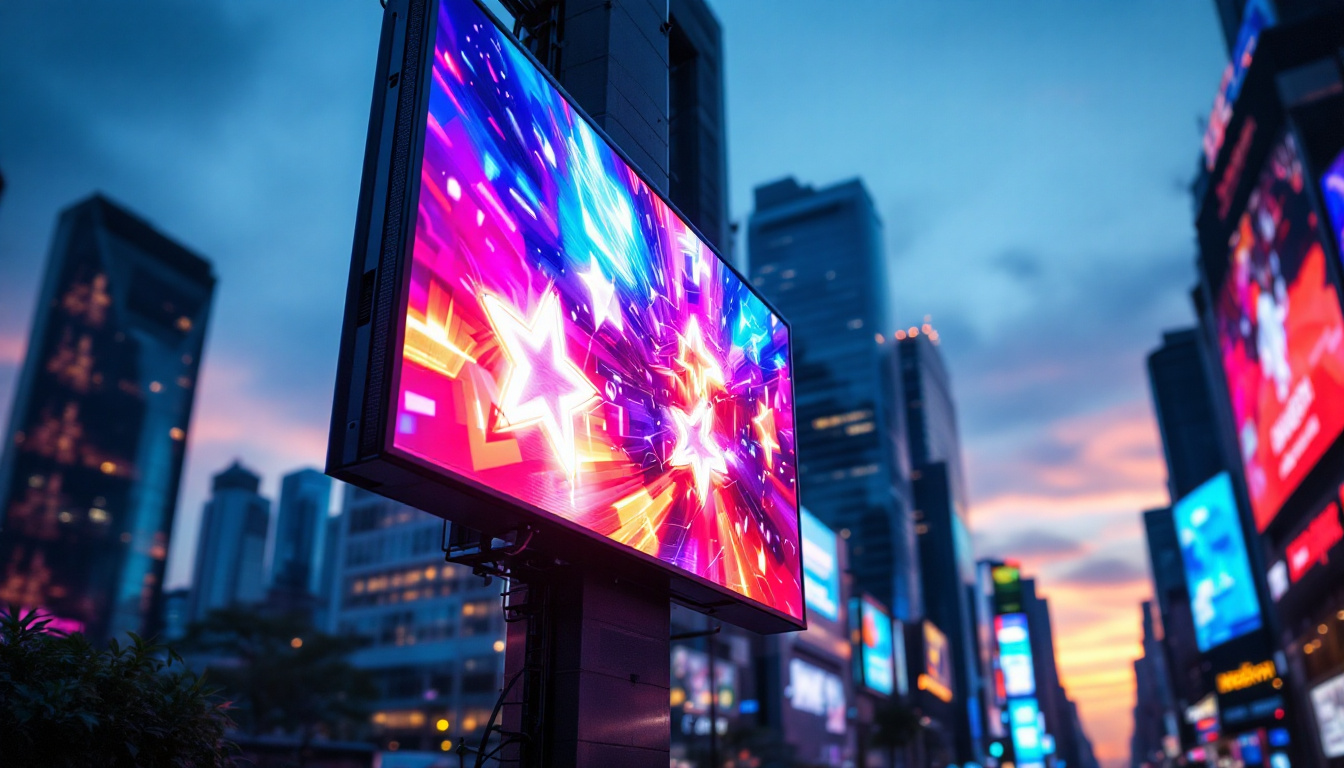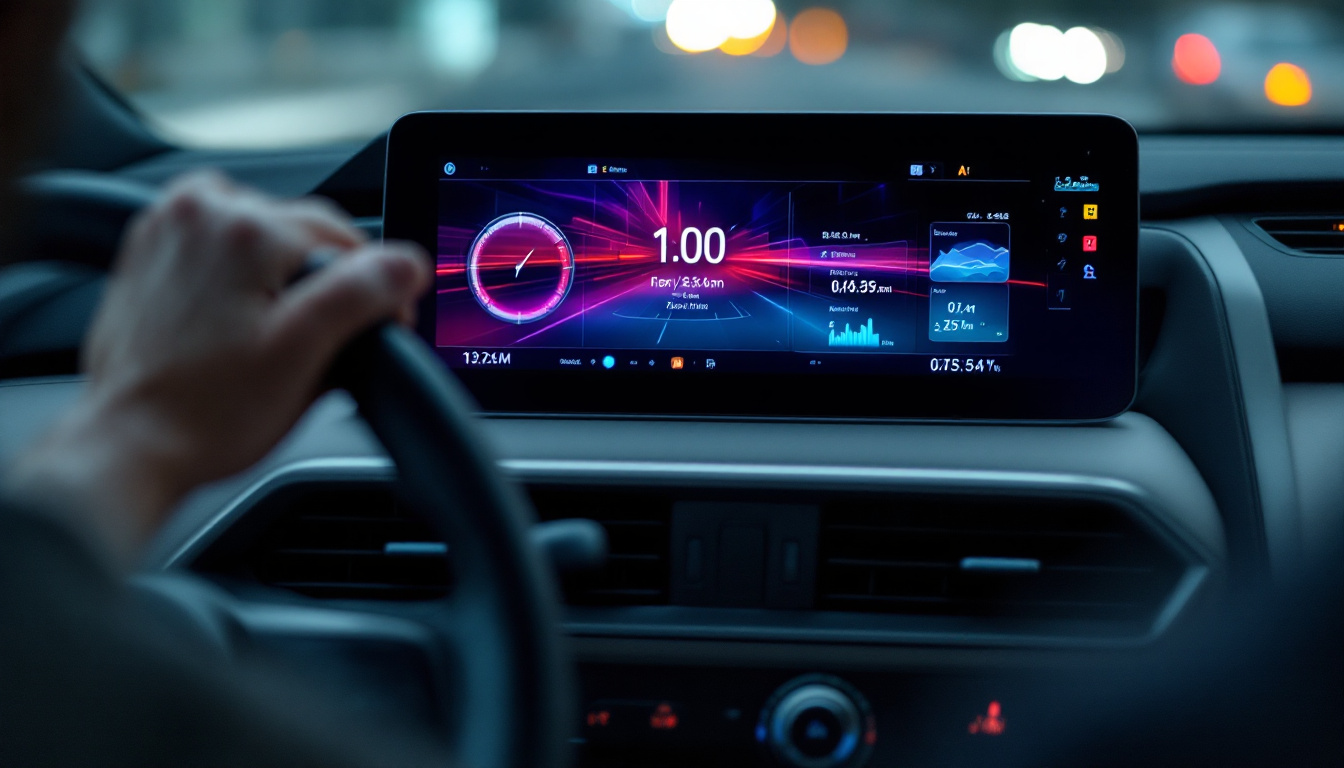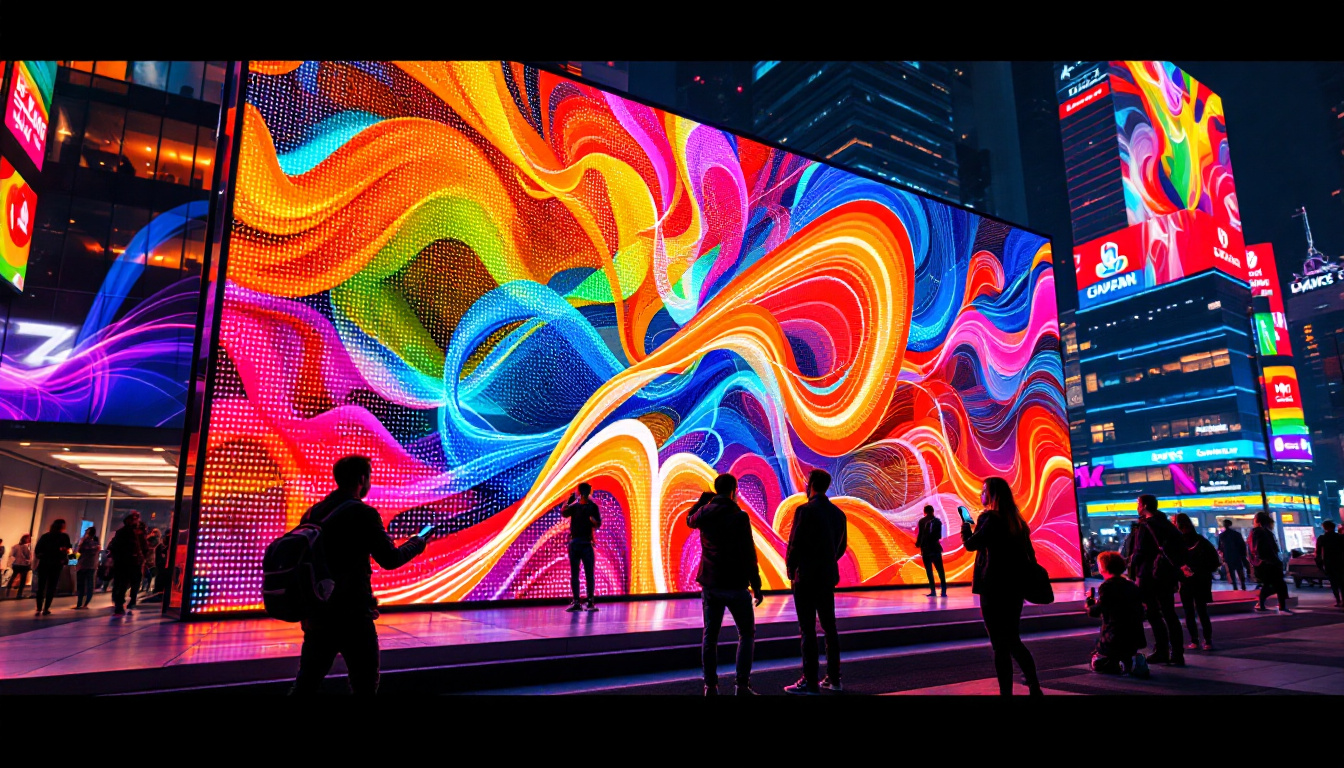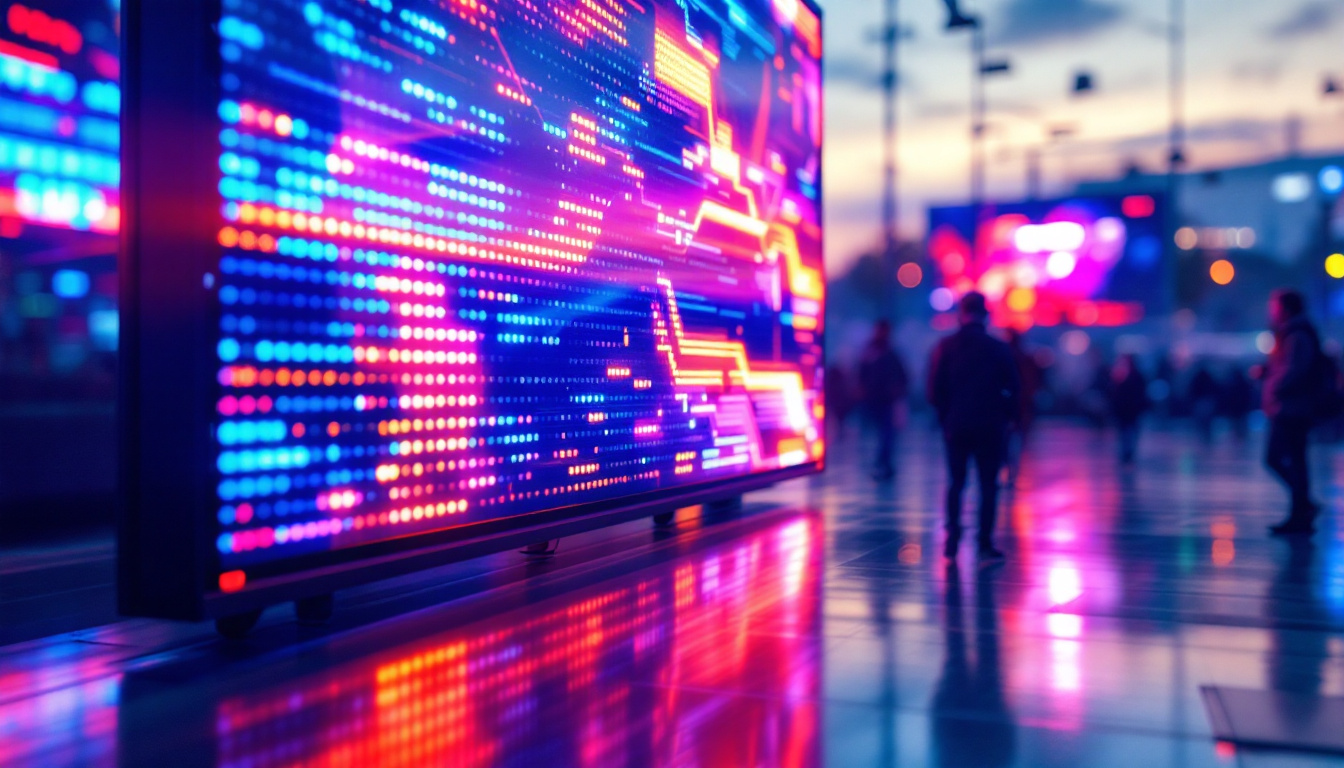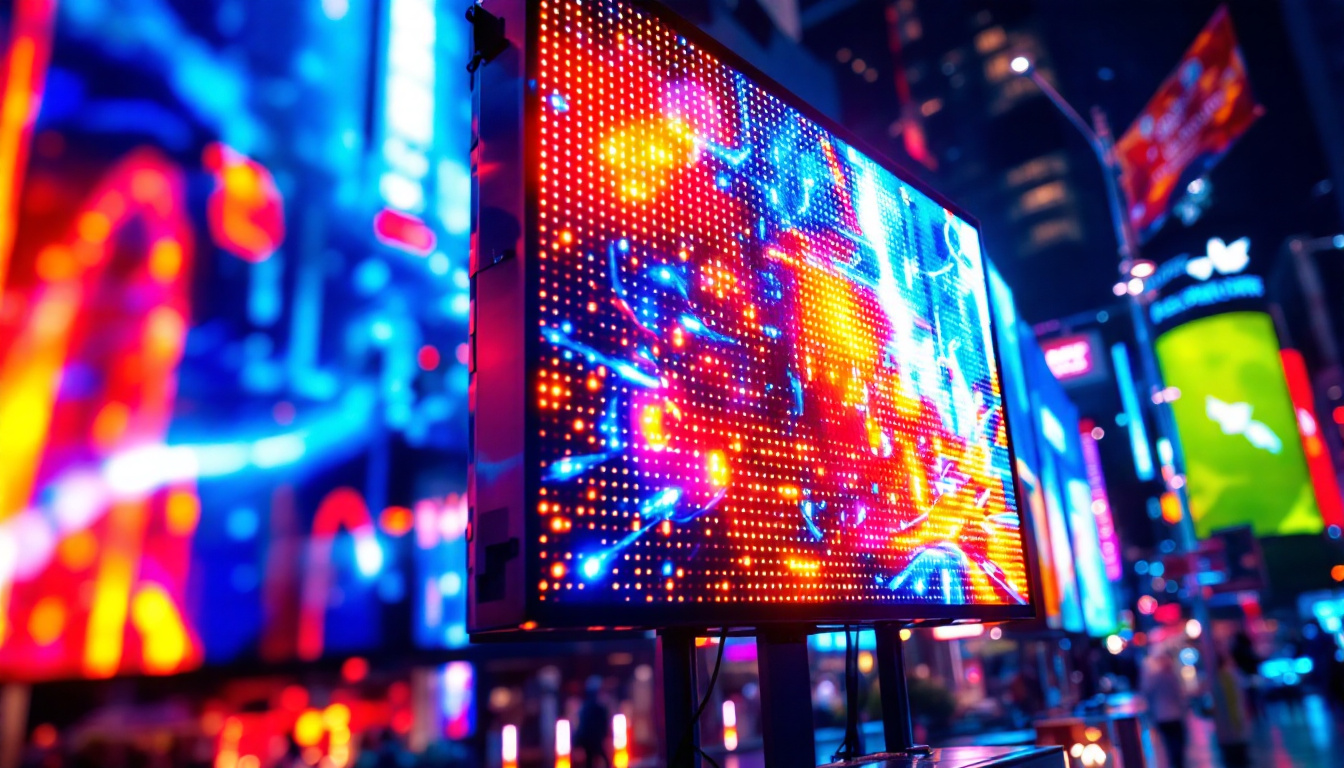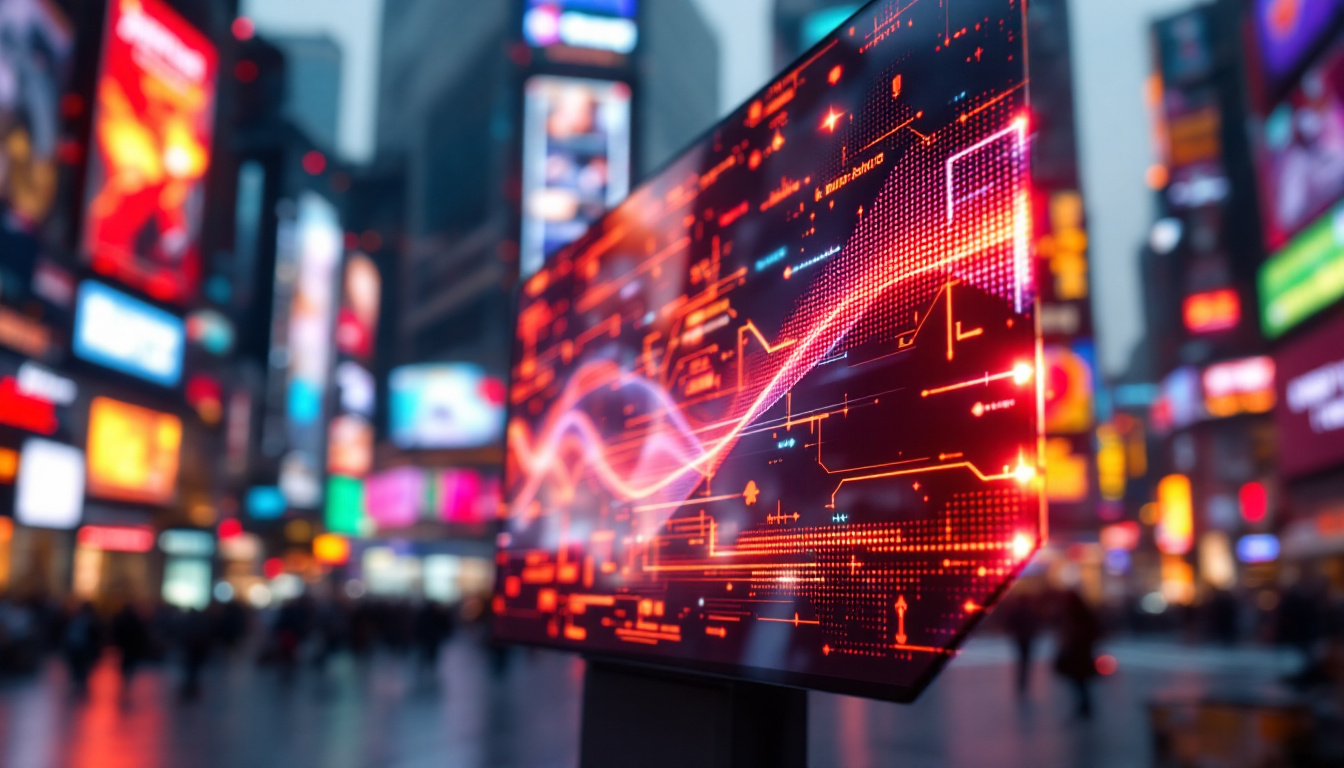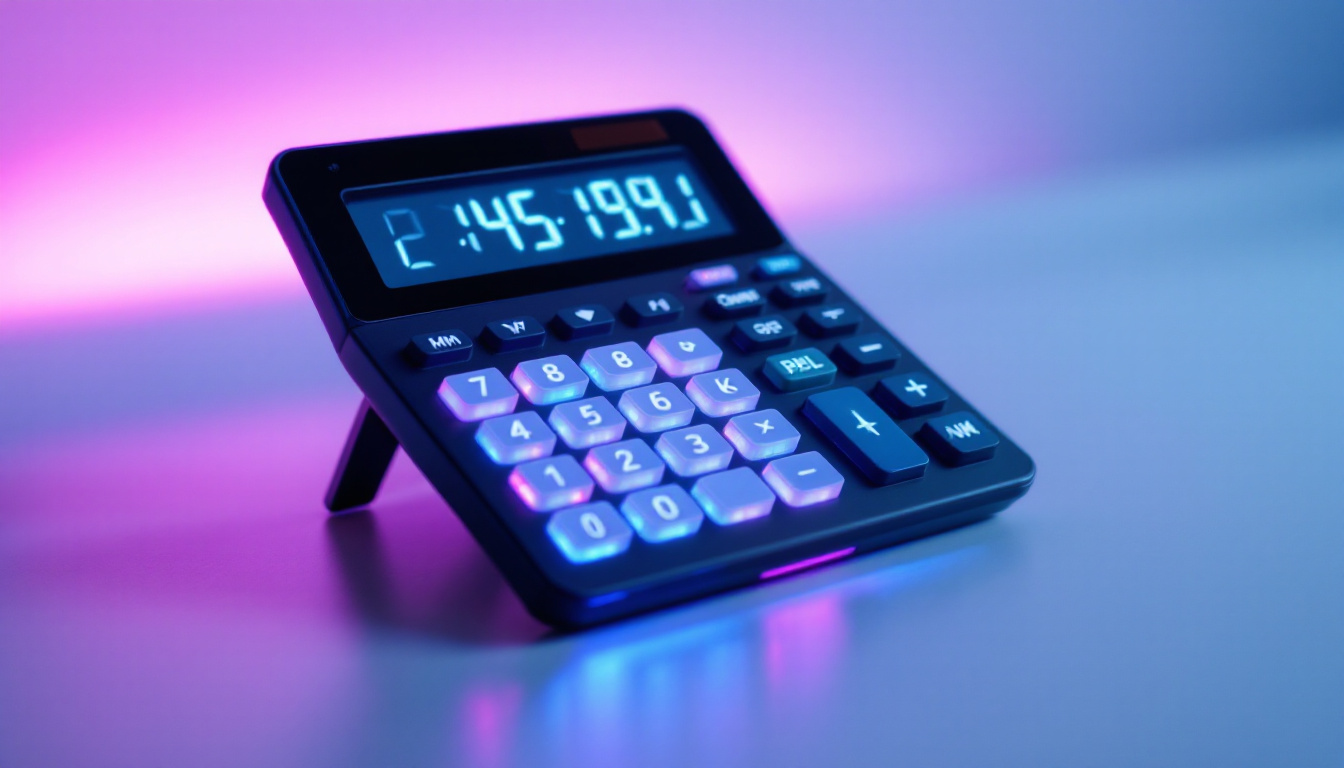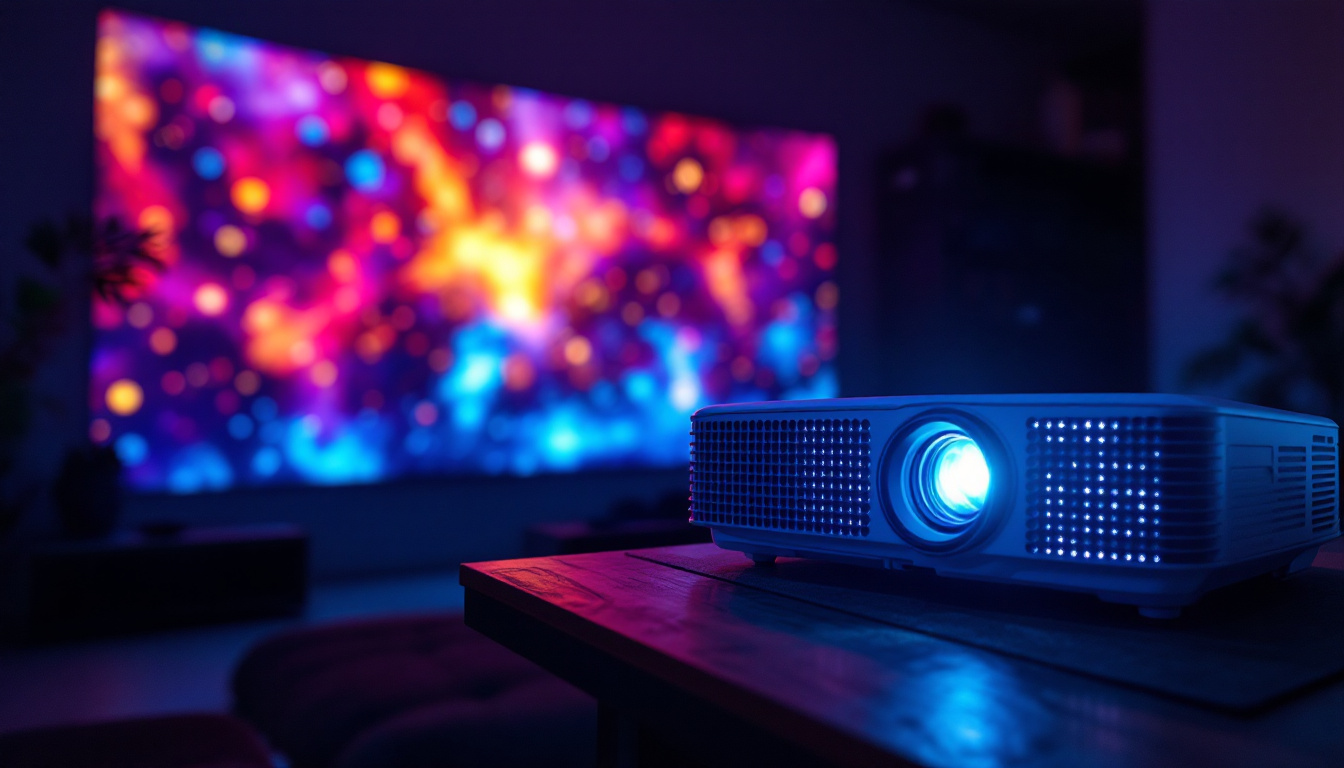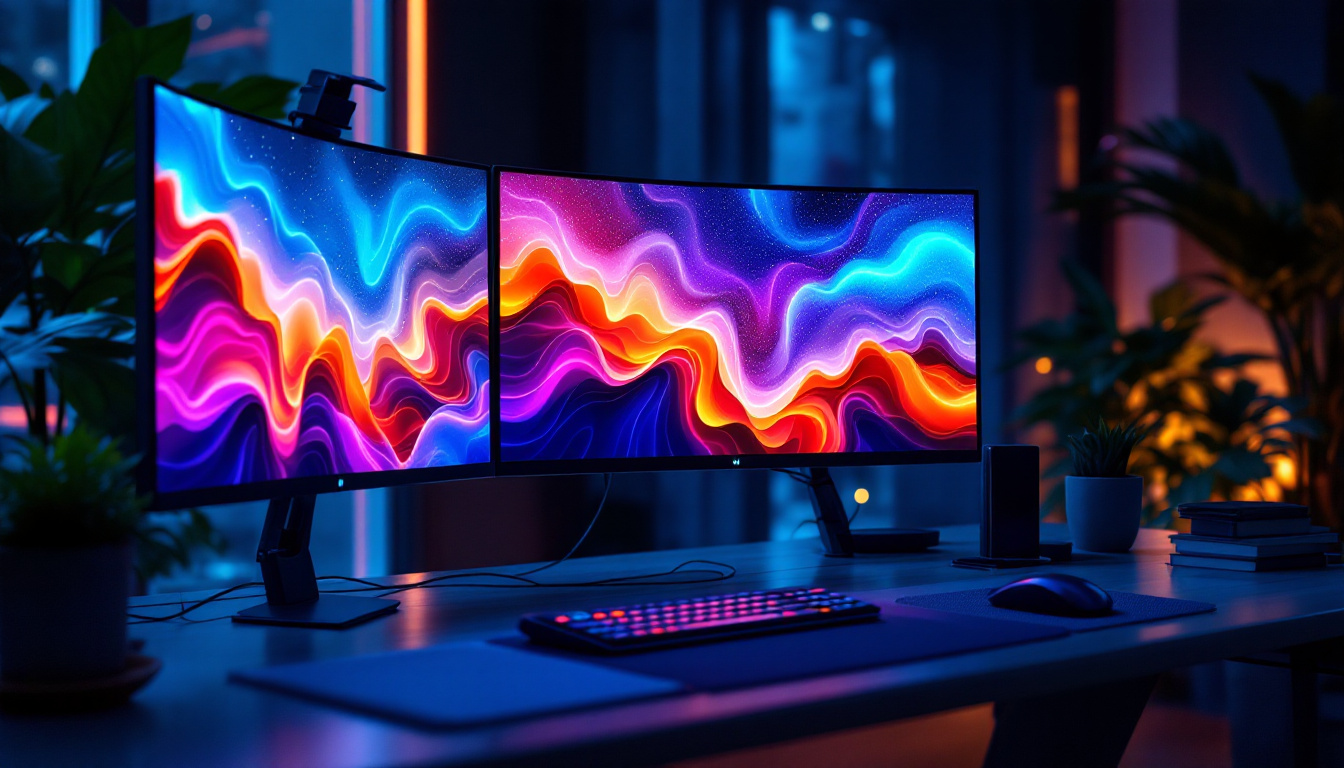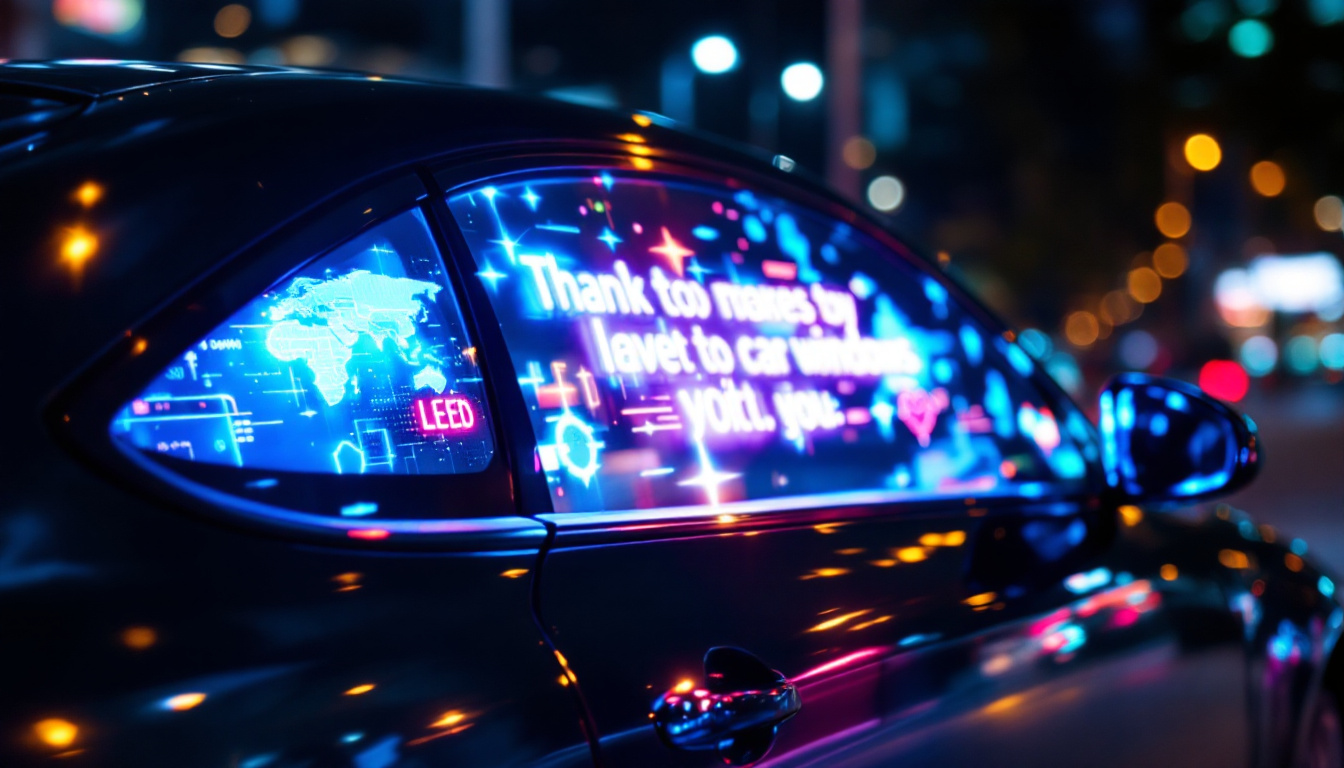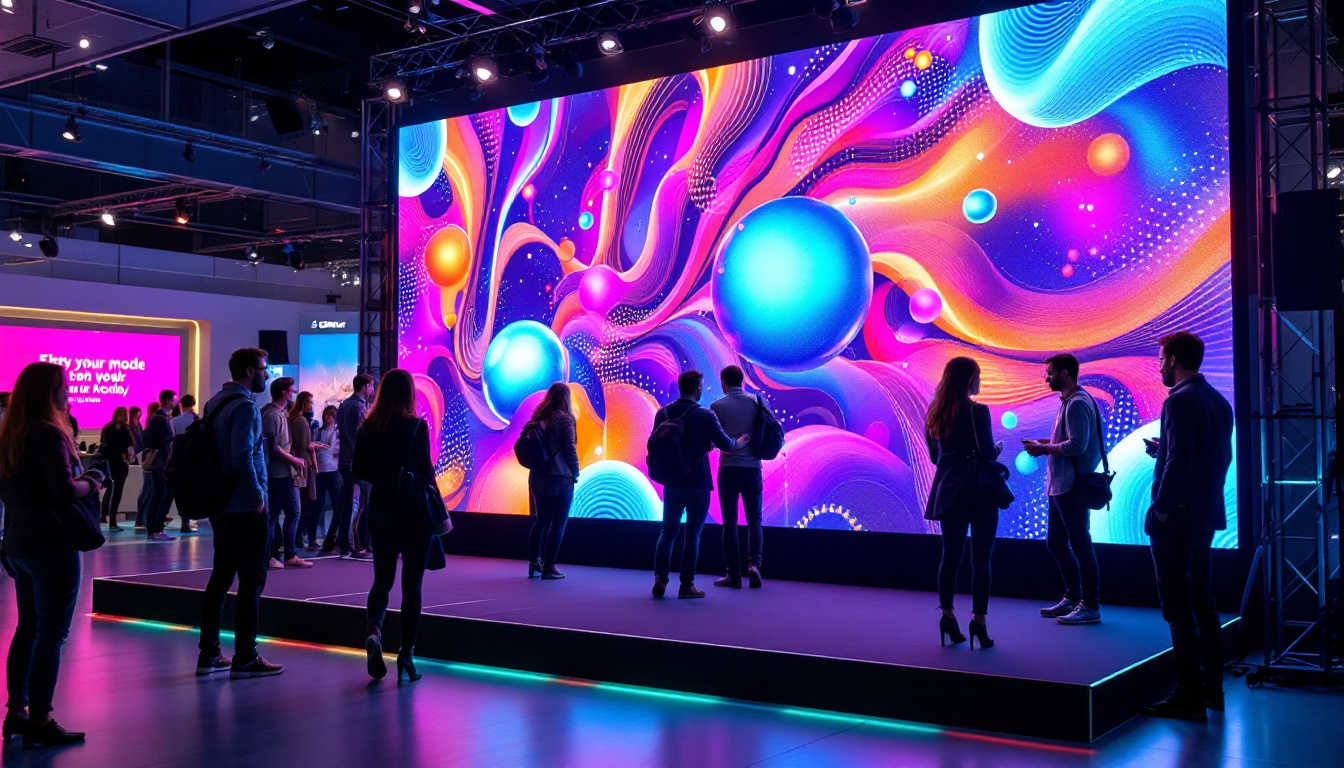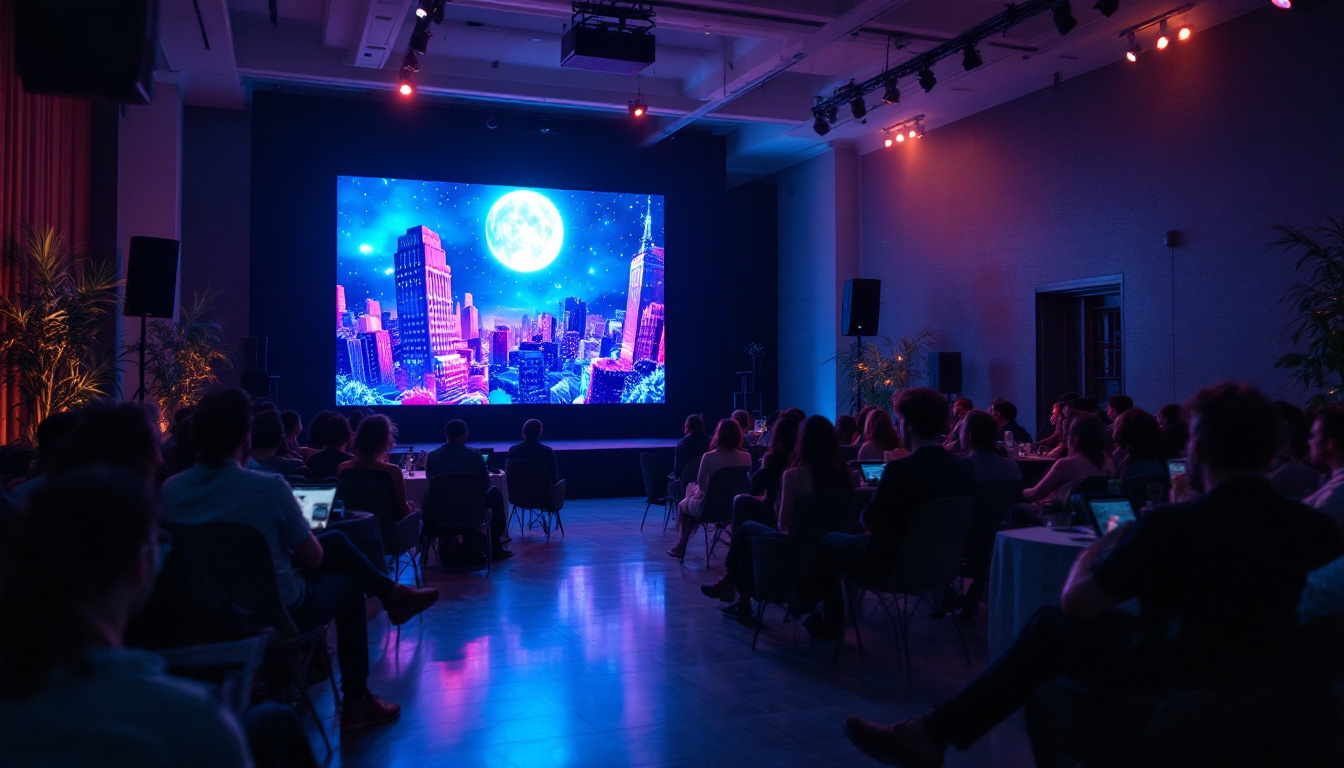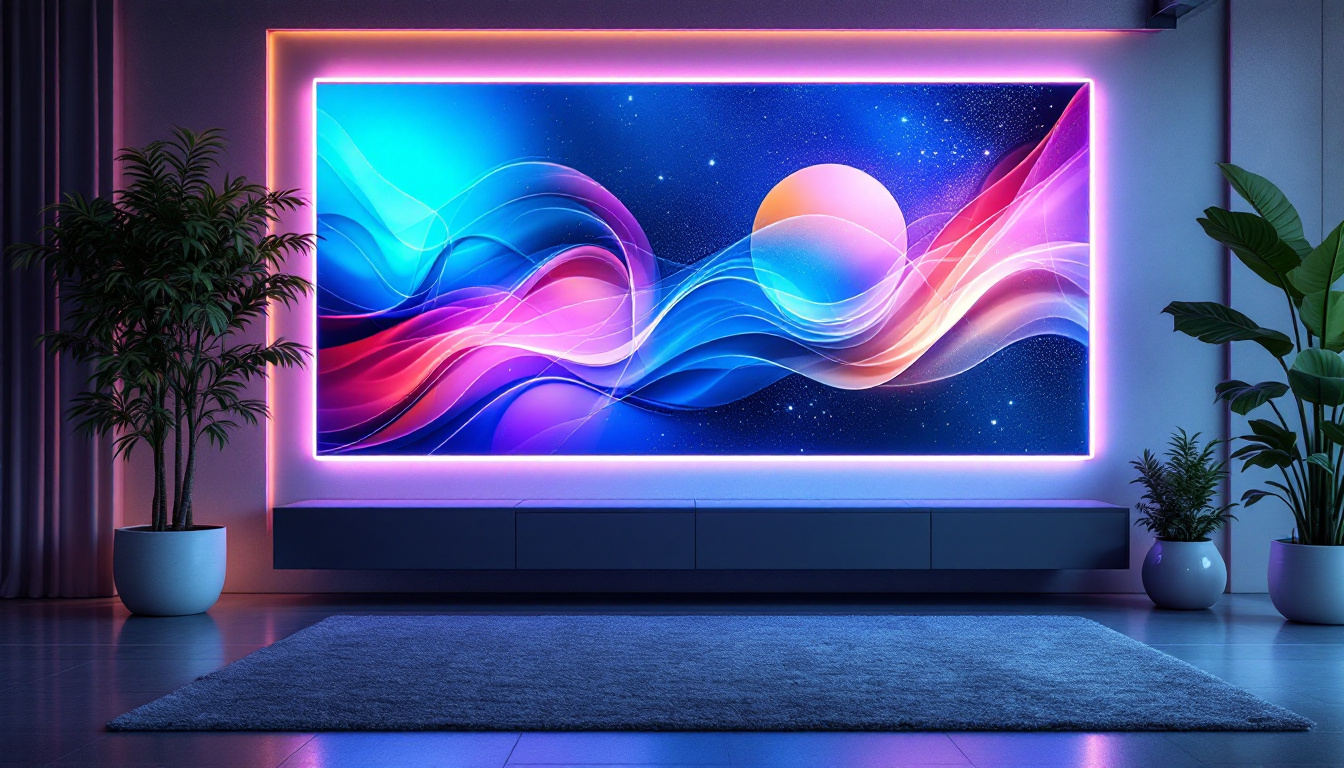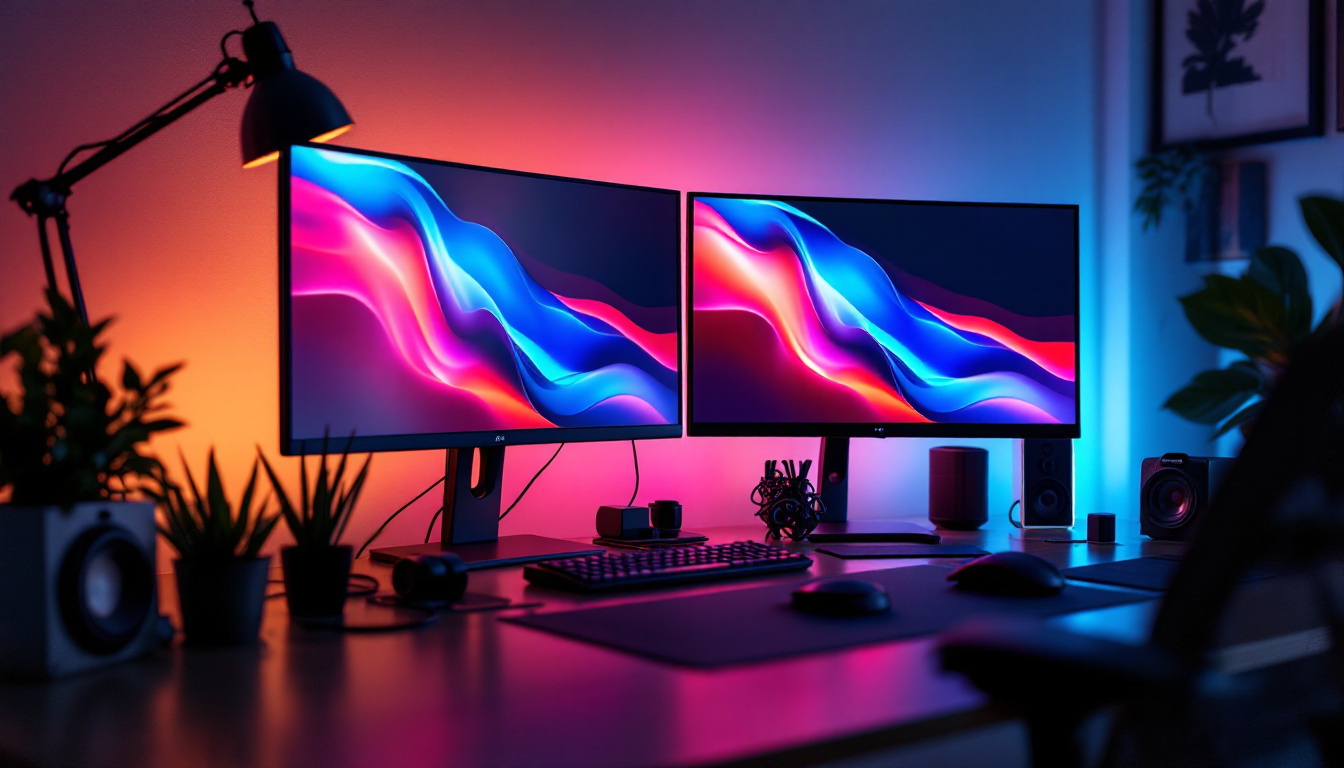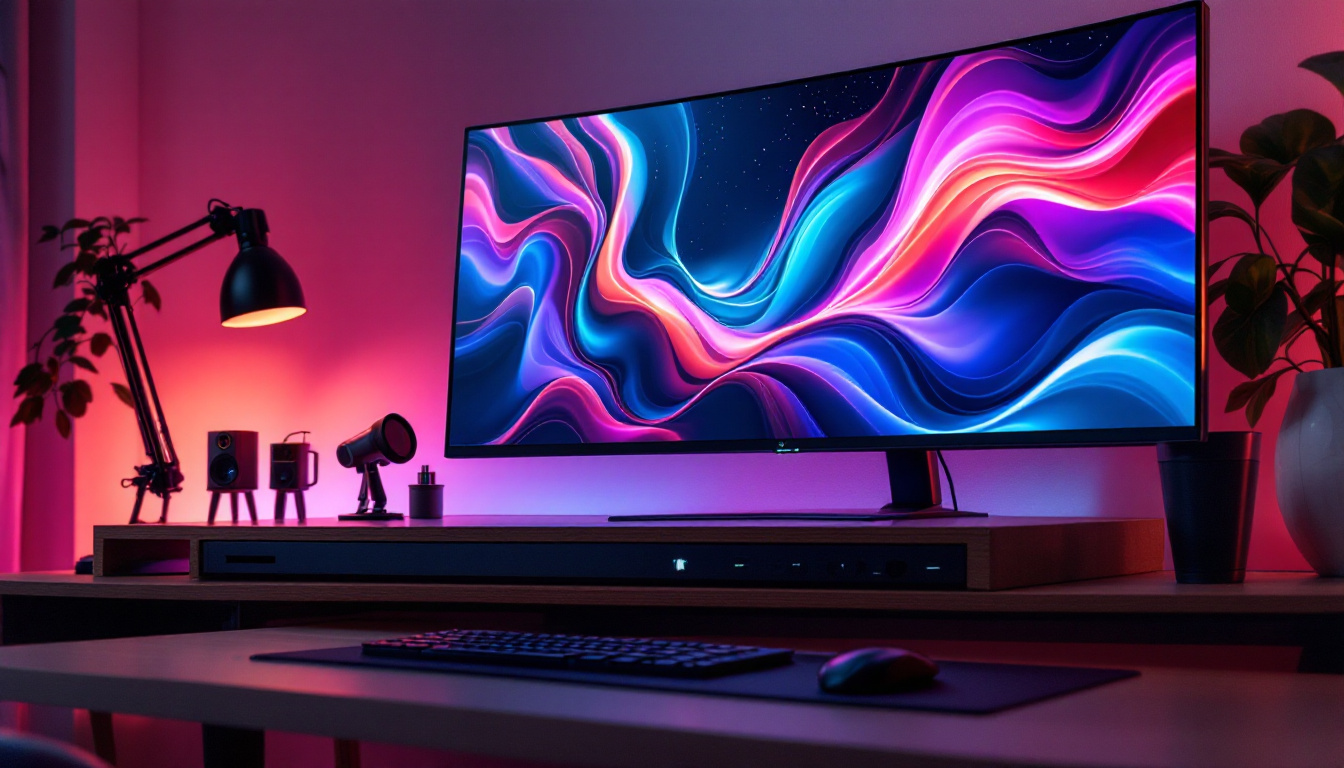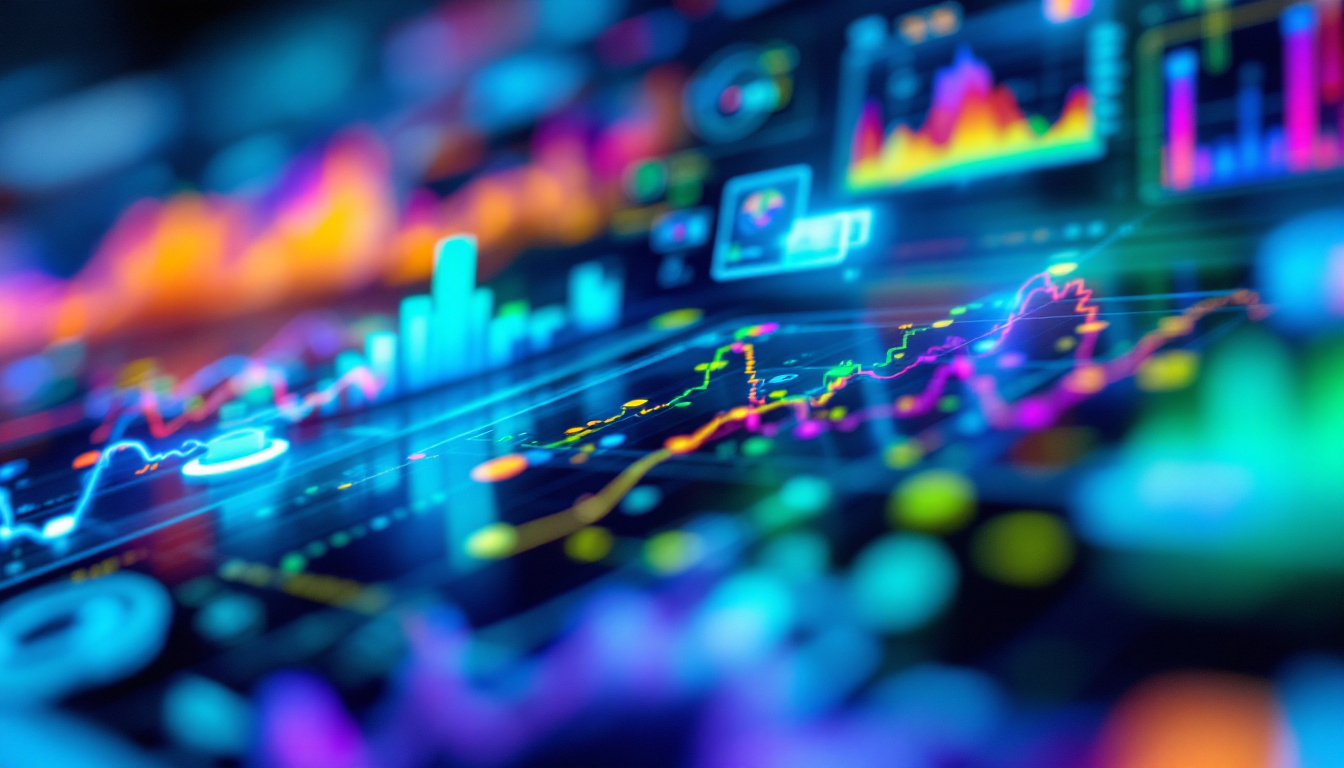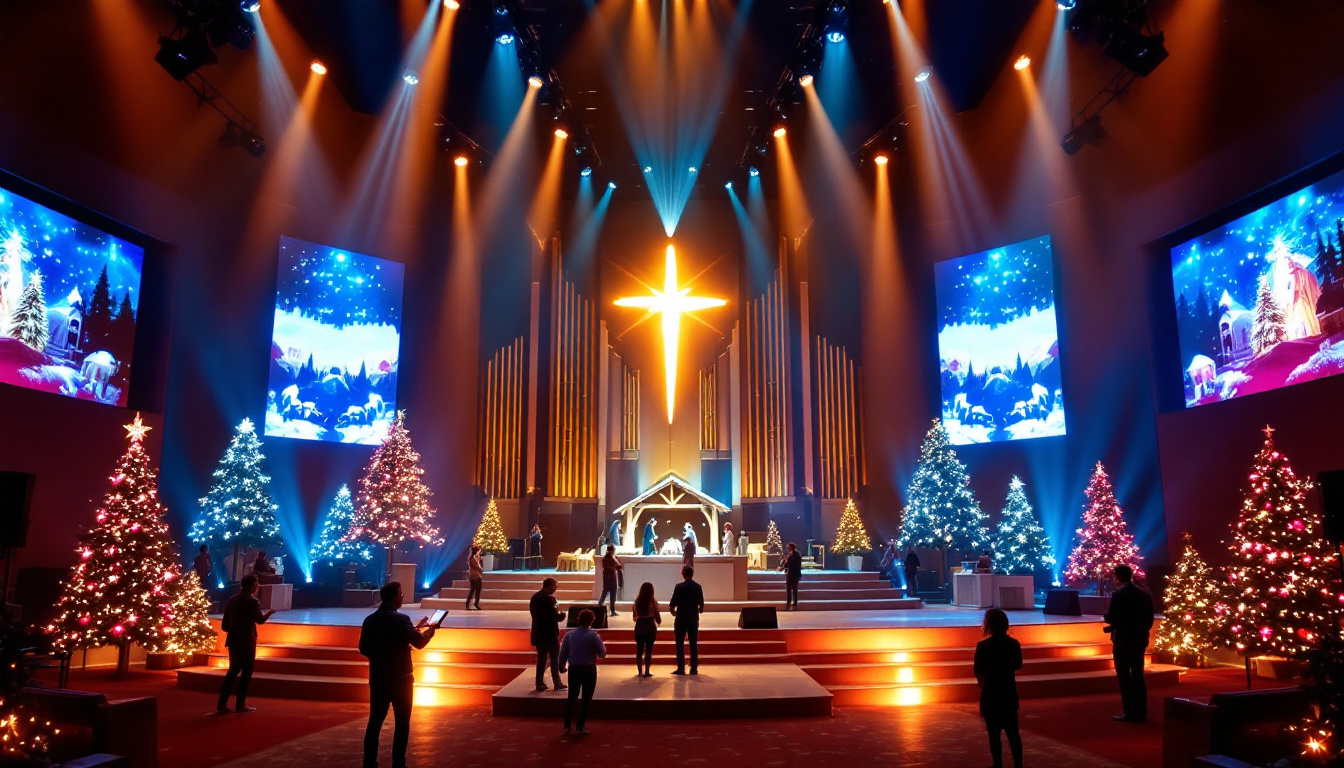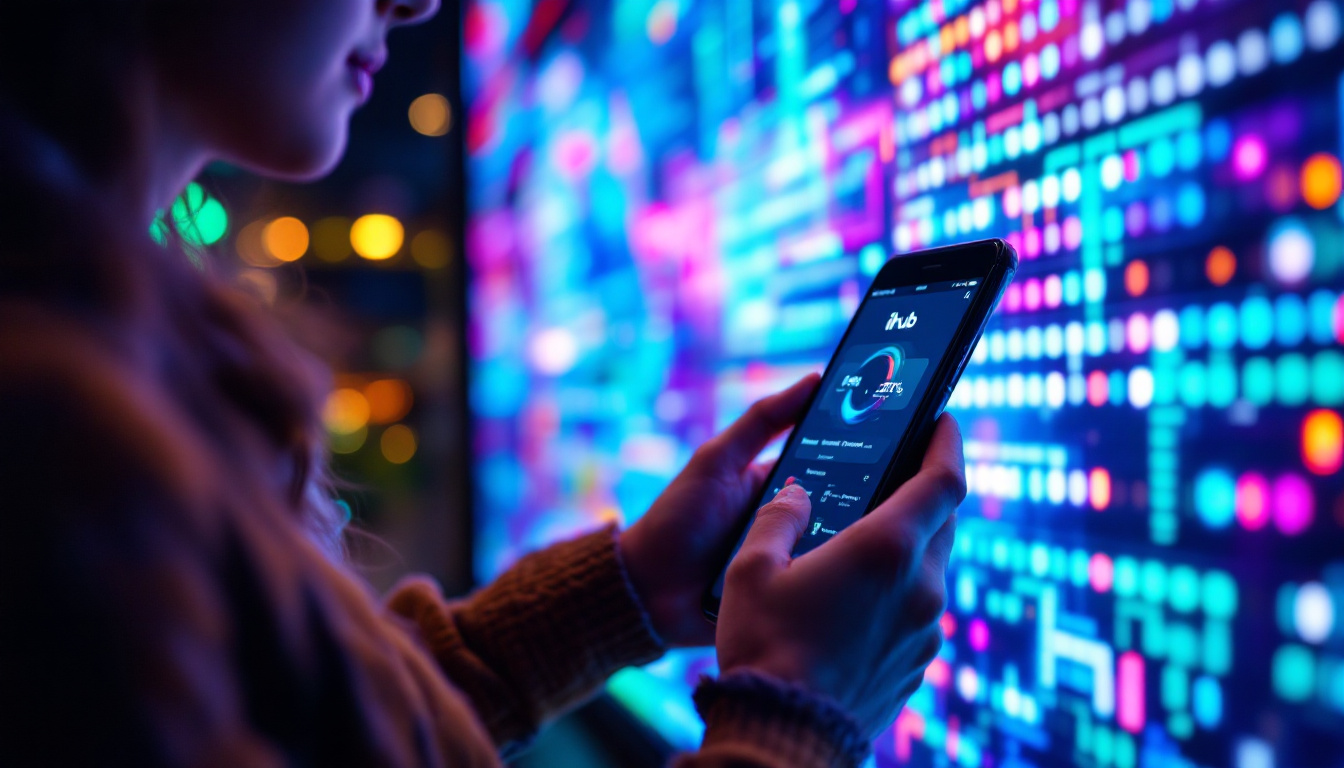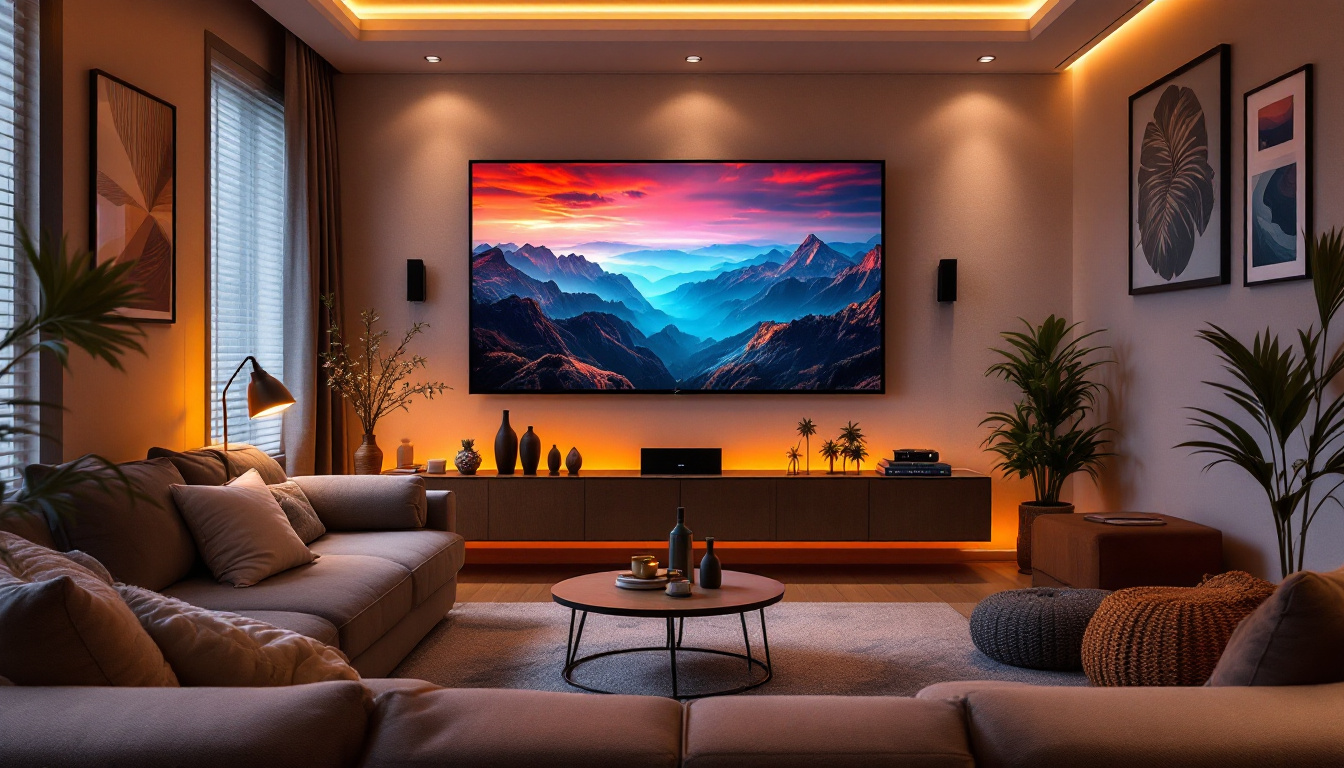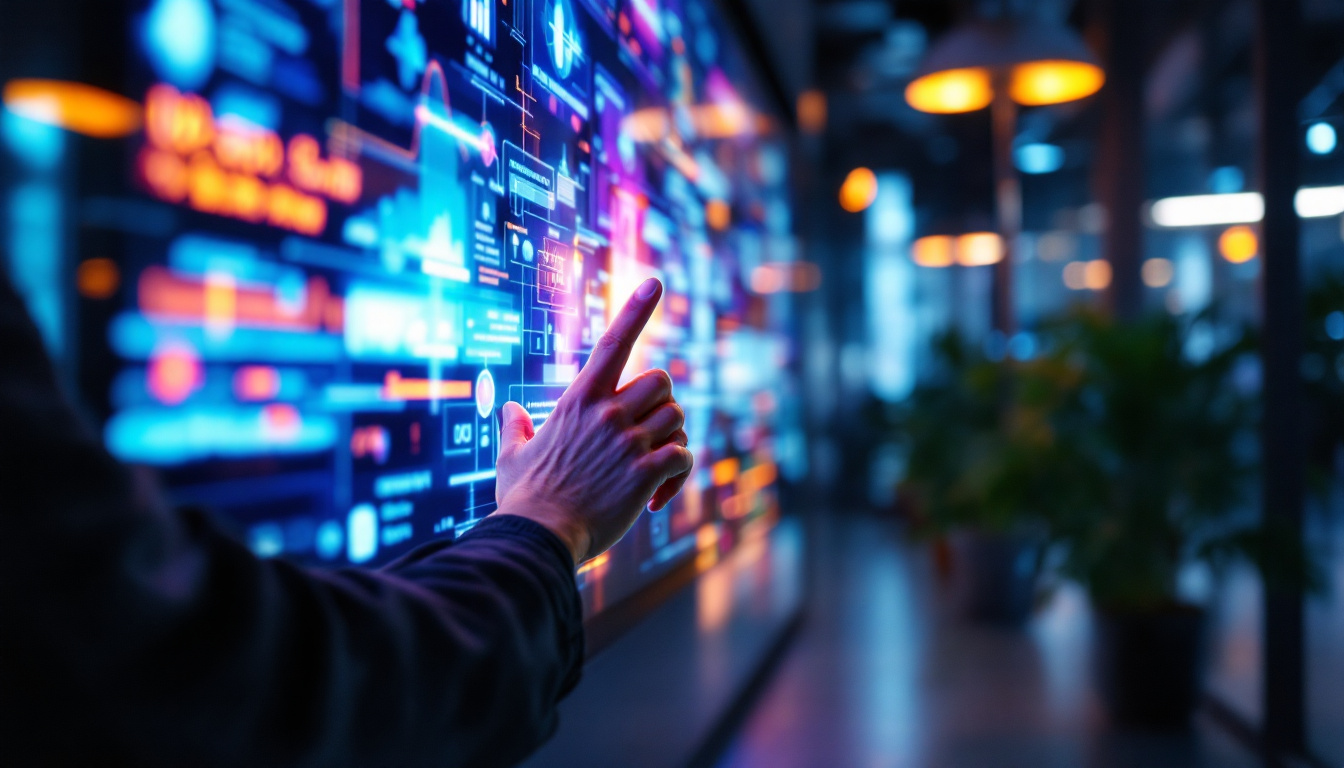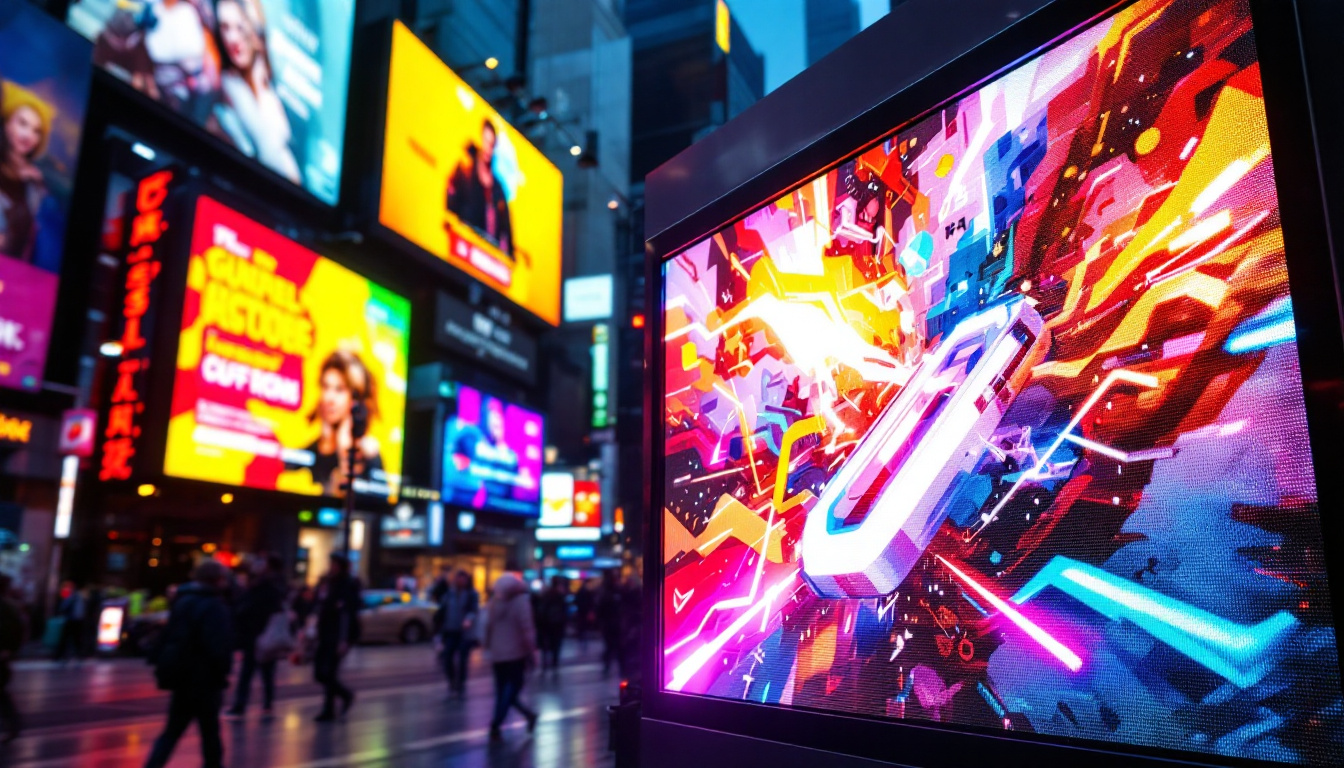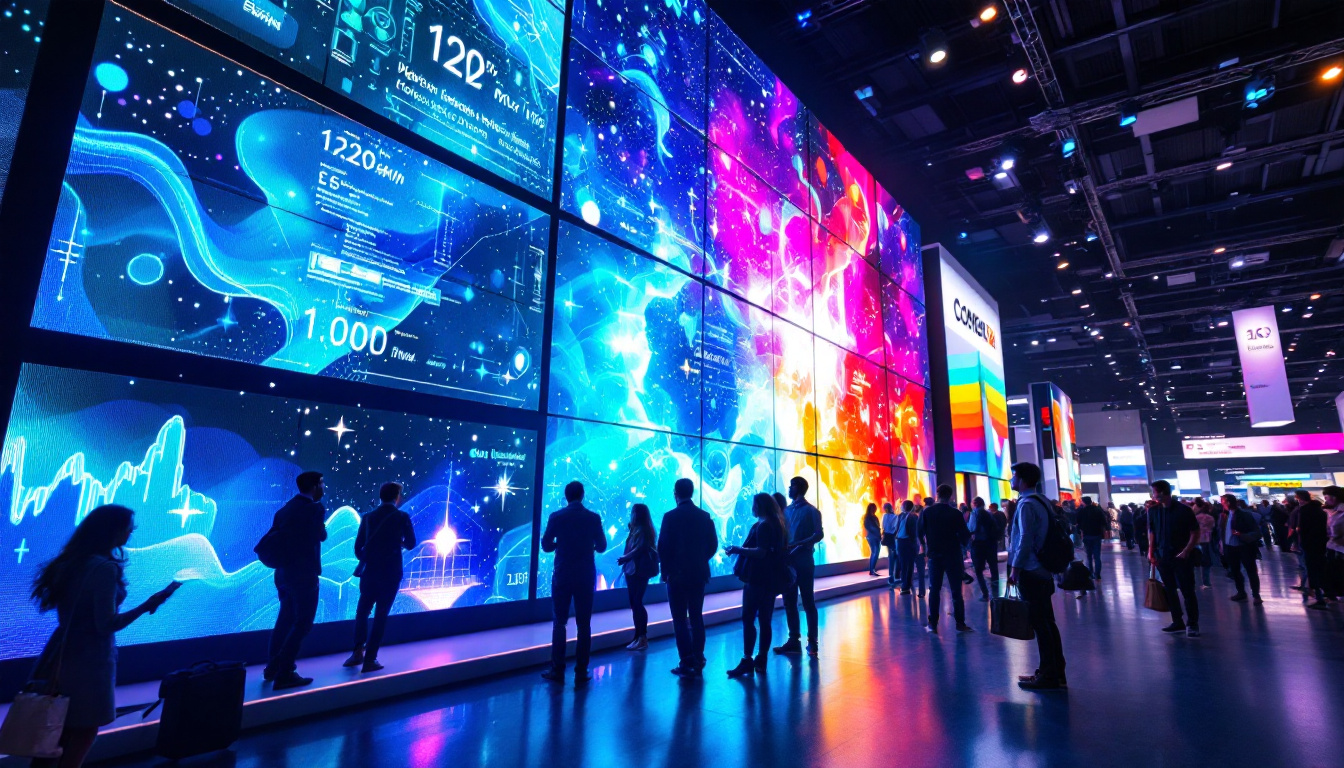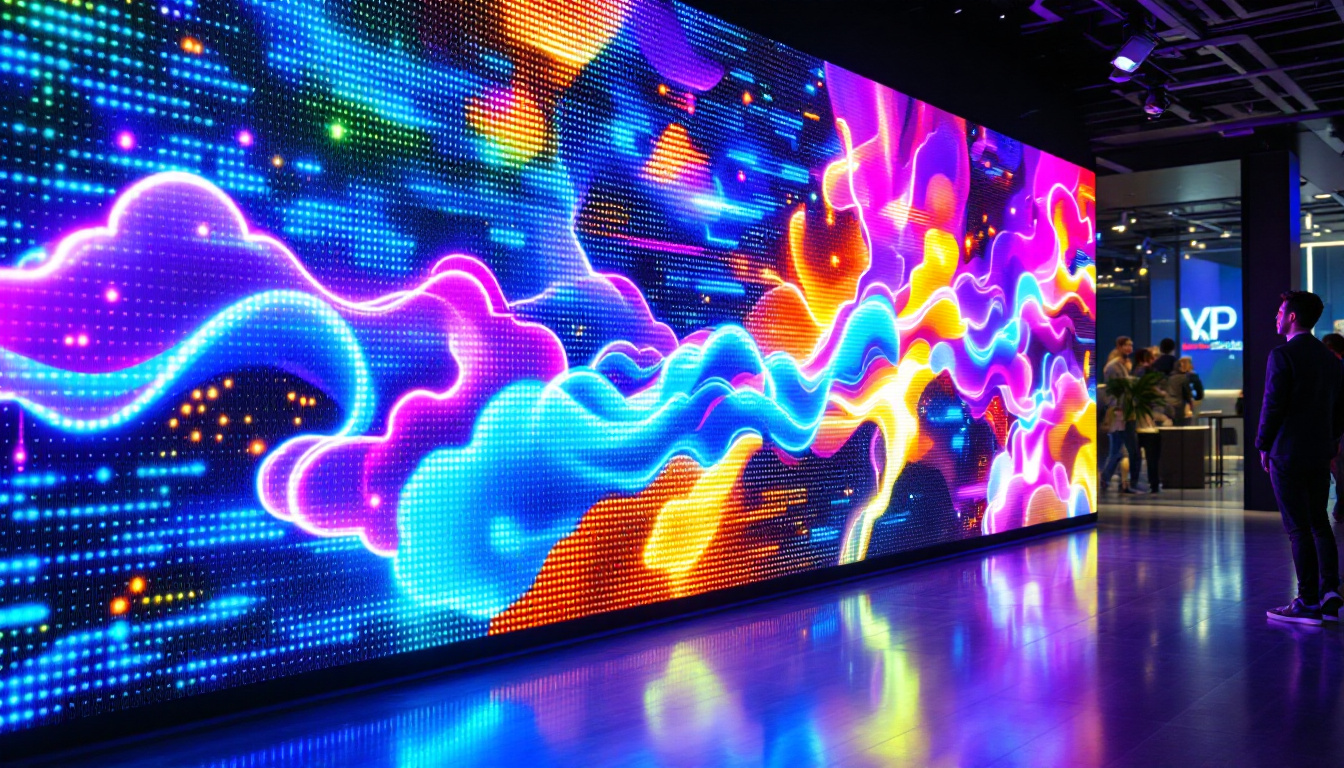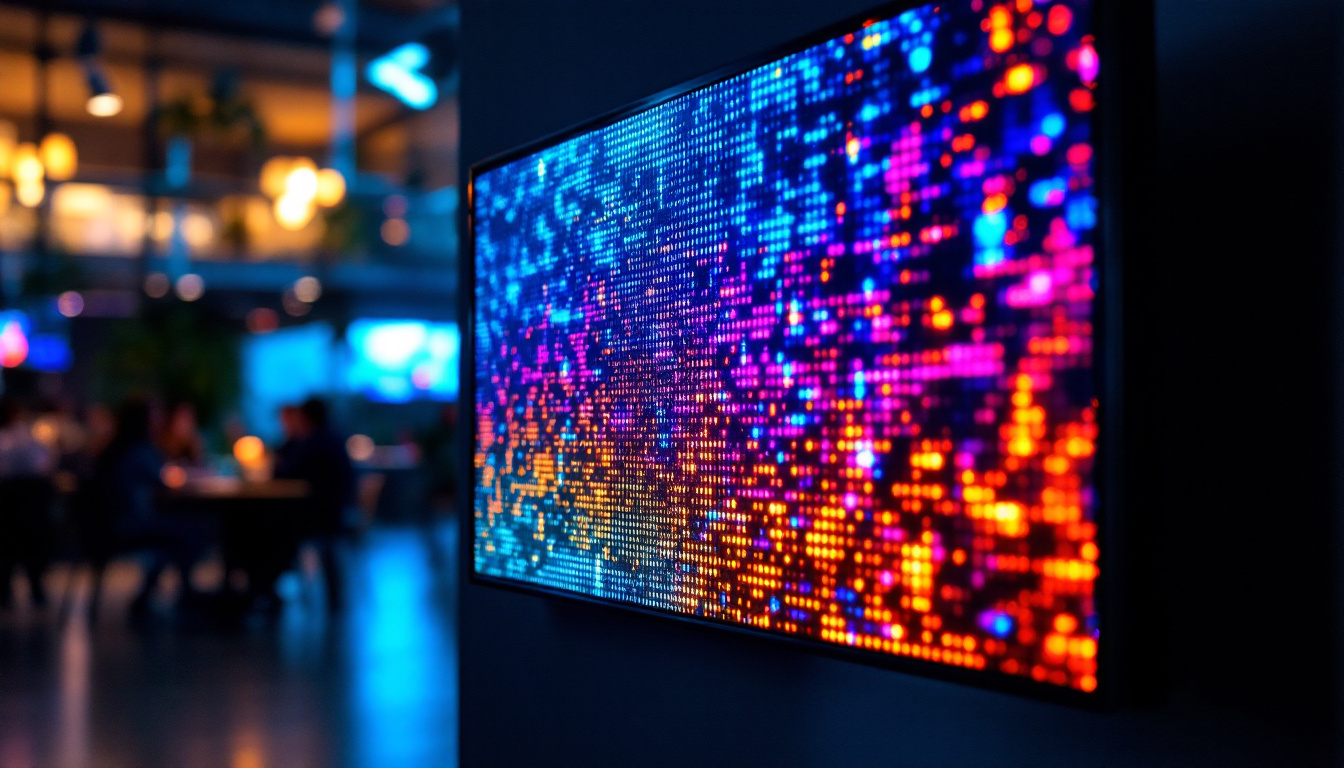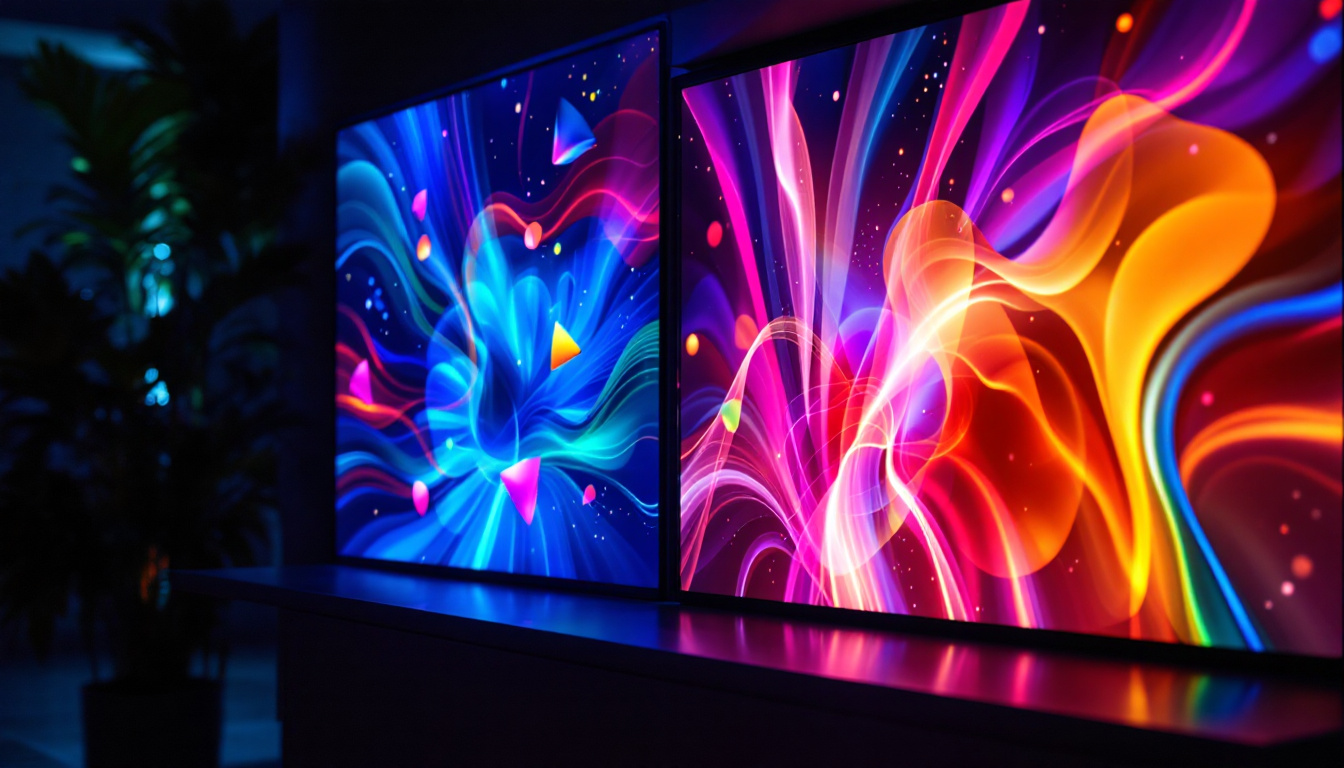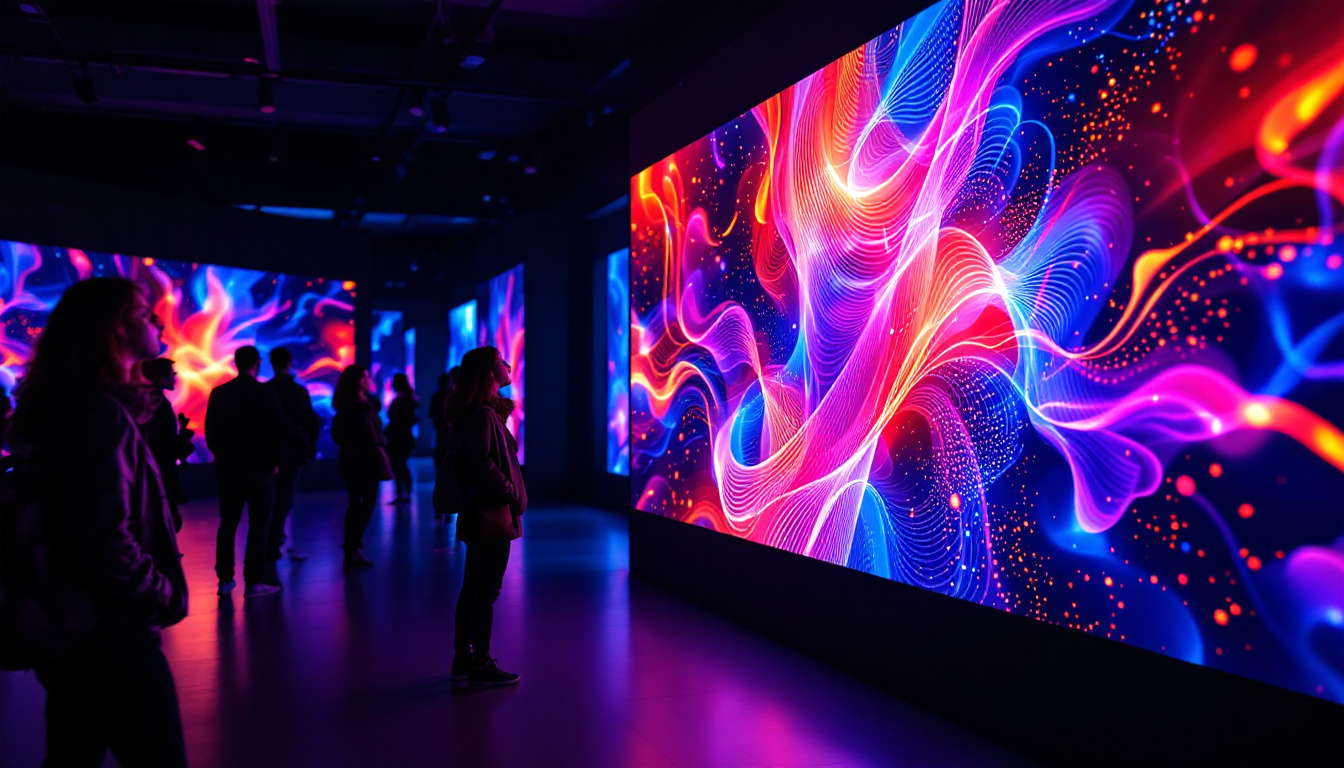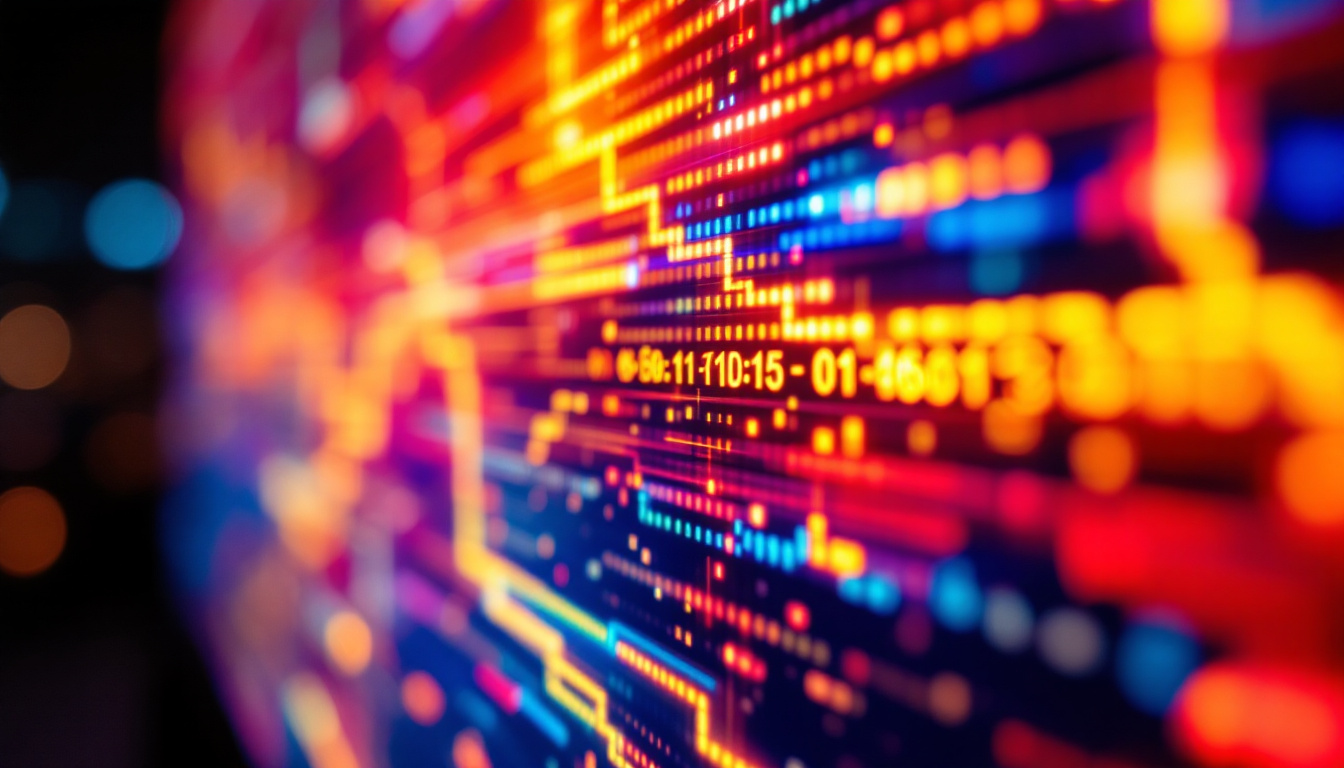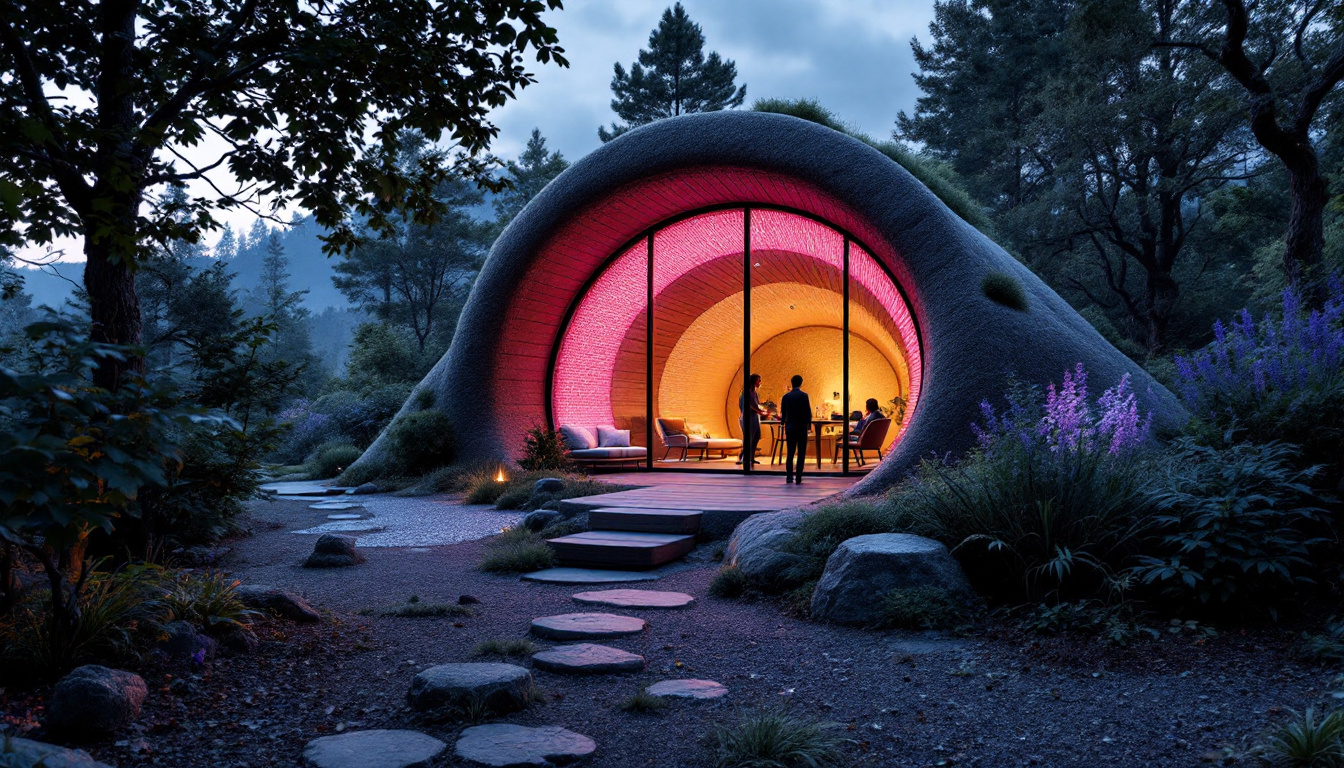In the realm of modern technology, LED displays have become a ubiquitous part of daily life. From smartphones to massive billboards, these displays are not only functional but also aesthetically pleasing. This article delves into the intricacies of LED displays, exploring their components, types, and applications, while also shedding light on their advantages and limitations.
Understanding LED Technology
LED, or Light Emitting Diode, is a semiconductor device that emits light when an electric current passes through it. Unlike traditional incandescent bulbs, which produce light by heating a filament, LEDs generate light through electroluminescence. This fundamental difference is what makes LEDs more energy-efficient and longer-lasting. In fact, LEDs can last up to 25 times longer than incandescent bulbs, significantly reducing the frequency of replacements and the associated costs.
The Science Behind LEDs
The core of an LED is a chip made from a combination of materials, typically gallium, arsenic, and phosphorus. When electricity flows through the chip, electrons recombine with holes in the semiconductor, releasing energy in the form of photons. The color of the light emitted depends on the materials used in the chip. For instance, different combinations can produce red, green, blue, and even white light. This versatility in color production has led to the widespread use of LEDs in various applications, from decorative lighting to functional illumination in homes and businesses.
One of the key advantages of LEDs is their compact size. This allows for versatile applications, from tiny indicator lights to large-scale displays. Moreover, LEDs are highly durable and resistant to shock, making them ideal for both indoor and outdoor use. Their low heat emission not only enhances safety but also contributes to energy savings, as less energy is wasted as heat compared to traditional lighting solutions. This efficiency is especially beneficial in commercial settings, where lighting can account for a significant portion of energy expenses.
Types of LED Displays
LED displays come in various forms, each suited for specific applications. The most common types include:
- Direct View LED Displays: These displays consist of individual LED modules that are arranged in a grid. They are often used for large outdoor screens and video walls, providing bright and vibrant visuals that can be seen from great distances.
- LED Backlit Displays: These are LCD screens that use LEDs as a backlight. They provide better contrast and color accuracy compared to traditional CCFL-backlit displays. This technology has revolutionized the television and computer monitor industries, offering consumers a more immersive viewing experience.
- Organic LED (OLED) Displays: OLEDs use organic compounds to emit light, allowing for thinner displays with better color reproduction and viewing angles. The flexibility of OLED technology has opened up new possibilities for innovative designs, including curved and foldable screens that enhance user interaction.
In addition to these types, there are also specialized LED displays designed for specific environments, such as transparent LED screens that can be used in retail settings to create eye-catching advertisements without obstructing views. Furthermore, advancements in LED technology continue to emerge, with developments in smart lighting systems that integrate with home automation, allowing users to control brightness and color temperature through their smartphones or voice-activated devices. This integration not only enhances convenience but also promotes energy conservation by allowing for more precise control over lighting usage.
Applications of LED Displays
The versatility of LED displays has led to their widespread adoption across various sectors. Their applications range from advertising and entertainment to healthcare and transportation.
Advertising and Marketing
One of the most prominent uses of LED displays is in advertising. digital billboards and signage have transformed how brands communicate with consumers. The ability to change content dynamically allows for targeted advertising, making campaigns more effective. Additionally, the vibrant colors and high brightness of LED displays capture attention, increasing foot traffic and engagement. Moreover, the integration of sensors and data analytics into these displays enables advertisers to tailor messages based on audience demographics and behaviors, further enhancing the impact of their marketing strategies.
Entertainment Industry
In the entertainment sector, LED displays are integral to concerts, festivals, and sporting events. Large LED screens provide audiences with a clear view of performances and broadcasts, enhancing the overall experience. Furthermore, advancements in technology have led to the development of flexible LED displays, allowing for creative stage designs and immersive environments. These displays can also be synchronized with sound and lighting effects, creating a multi-sensory experience that captivates audiences. Additionally, the use of LED technology in film production has revolutionized set design, allowing filmmakers to create dynamic backdrops that can be easily modified during shooting.
Healthcare and Education
LED displays are also making their mark in healthcare and education. In hospitals, they are used for information boards, patient monitoring, and even surgical lighting. In educational institutions, LED screens facilitate interactive learning experiences, making lessons more engaging for students. The clarity and brightness of LED technology ensure that information is easily visible, even in well-lit environments. Furthermore, in healthcare settings, LED displays can be utilized for telemedicine applications, allowing doctors to consult with patients remotely while providing visual aids that enhance understanding. In classrooms, the incorporation of LED technology can foster collaboration among students, as they can easily share and present their work on large screens, promoting a more interactive and participatory learning atmosphere.
Advantages of LED Displays
The benefits of LED displays extend beyond their visual appeal. Several factors contribute to their popularity, making them a preferred choice for many applications.
Energy Efficiency
One of the standout features of LED technology is its energy efficiency. Compared to traditional lighting solutions, LEDs consume significantly less power. This not only reduces electricity bills but also contributes to a smaller carbon footprint. For businesses, this translates into cost savings and a more sustainable operation.
Longevity and Durability
LEDs are known for their longevity, often lasting up to 50,000 hours or more. This durability means less frequent replacements, which is particularly beneficial for large installations. Additionally, LEDs are resistant to shock and vibration, making them suitable for outdoor environments where traditional displays might fail.
Brightness and Color Quality
LED displays are capable of producing bright images with excellent color accuracy. This is especially important for outdoor applications where sunlight can wash out other types of displays. The ability to maintain clarity and vibrancy in various lighting conditions makes LEDs a versatile choice for many settings.
Challenges and Limitations
Despite their many advantages, LED displays are not without challenges. Understanding these limitations is crucial for making informed decisions regarding their use.
Cost Considerations
While the prices of LED technology have decreased over the years, initial investment costs can still be relatively high compared to traditional display technologies. This can be a barrier for smaller businesses or organizations with limited budgets. However, it is essential to consider the long-term savings in energy and maintenance costs when evaluating the overall value.
Heat Generation
LEDs can generate heat during operation, particularly in high-brightness applications. This necessitates proper thermal management to ensure optimal performance and longevity. In some cases, additional cooling systems may be required, adding to the complexity and cost of installation.
Viewing Angles and Distance
While LED displays offer excellent brightness, their viewing angles can be limited, particularly in direct view configurations. This means that the quality of the image can degrade when viewed from certain angles. Additionally, pixel density plays a significant role in determining how close viewers can be to the display without noticing individual pixels. For large outdoor displays, this can be a critical consideration.
The Future of LED Technology
The future of LED technology looks promising, with ongoing advancements that continue to enhance performance and expand applications. Innovations in materials and manufacturing processes are paving the way for even more efficient and versatile displays.
MicroLED and MiniLED Technologies
MicroLED and MiniLED technologies are emerging as the next generation of display solutions. MicroLEDs consist of tiny individual LEDs that can be arranged to create high-resolution displays without the need for a backlight. This technology promises improved color accuracy, contrast, and energy efficiency. MiniLEDs, on the other hand, use smaller LEDs for backlighting LCD displays, resulting in better control over local dimming and enhanced picture quality.
Integration with Smart Technologies
As smart technology continues to evolve, LED displays are increasingly being integrated into smart homes and cities. This integration allows for dynamic content delivery, real-time updates, and enhanced user experiences. For instance, smart billboards can adjust their content based on traffic patterns or weather conditions, providing relevant information to passersby.
Environmental Considerations
With growing awareness of environmental issues, the LED industry is also focusing on sustainability. Efforts are being made to develop recyclable materials and reduce the environmental impact of manufacturing processes. As consumers become more environmentally conscious, the demand for sustainable display solutions is likely to increase.
Conclusion
LED displays have revolutionized the way information is presented and consumed. Their energy efficiency, longevity, and vibrant color capabilities make them an attractive option for various applications, from advertising to healthcare. While challenges exist, ongoing advancements in technology promise to address these issues and further enhance the capabilities of LED displays.
As the world continues to embrace digital transformation, understanding the intricacies of LED technology will be essential for businesses and consumers alike. Whether it’s a small retail store looking to attract customers or a large event seeking to create an immersive experience, LED displays offer a powerful tool for communication and engagement.
In summary, the pixel pieces that make up LED displays are more than just components; they represent a significant leap forward in display technology. As innovations continue to unfold, the future of LED displays is bright, illuminating the path for new possibilities in visual communication.
Explore Cutting-Edge LED Displays with LumenMatrix
Ready to elevate your visual communication with the latest in LED display technology? LumenMatrix is at the forefront of innovation, offering a wide array of LED display solutions tailored to your needs. From Indoor and Outdoor LED Wall Displays to specialized options like Vehicle, Sports, and Floor LED Displays, we have the tools to make your brand shine. Discover how our Custom, All-in-One, and Transparent LED Displays can create unforgettable experiences and captivate your audience. Check out LumenMatrix LED Display Solutions today and join the revolution in digital signage.

